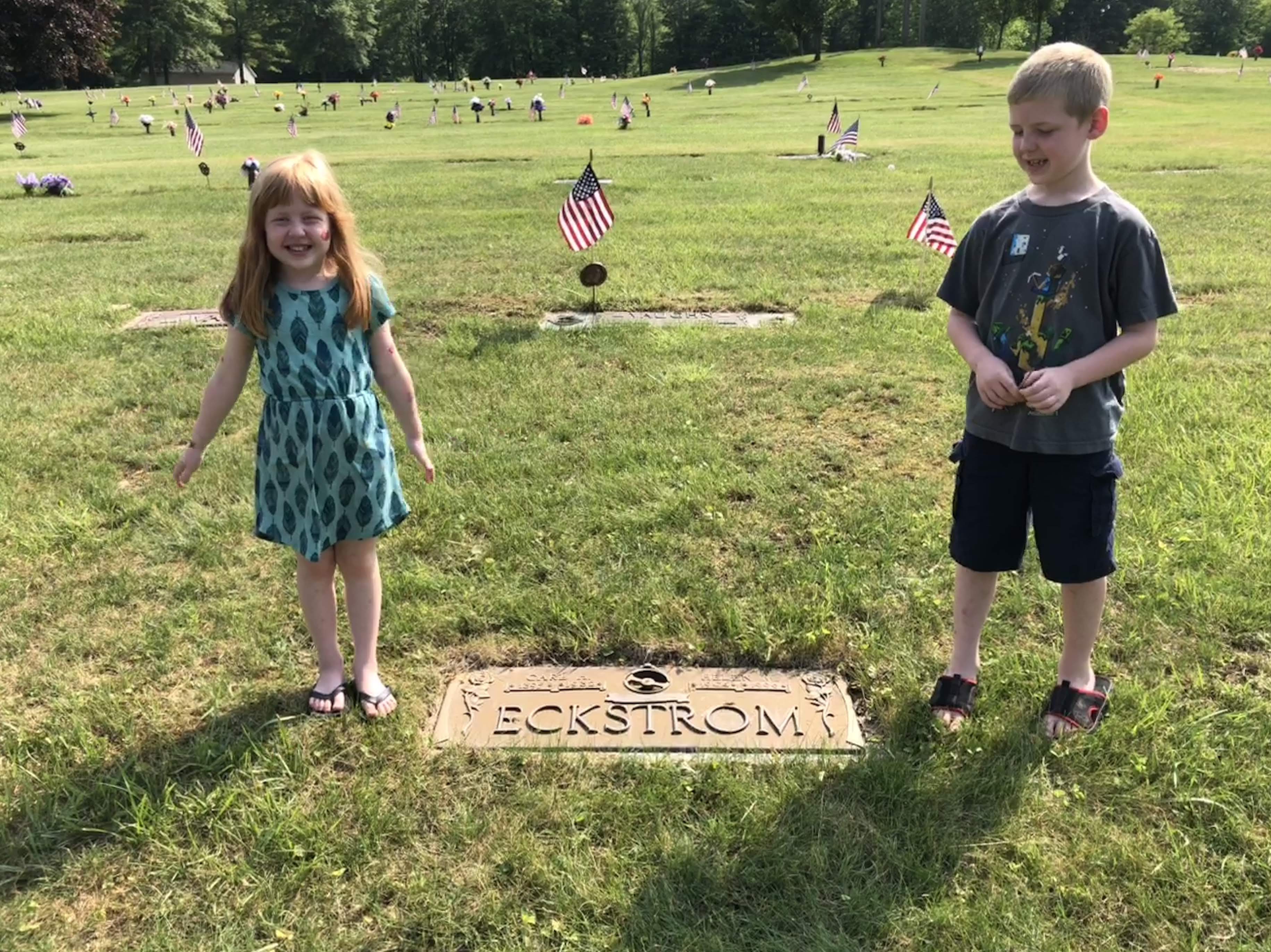I learned a new -(o)logy! I didn’t realize that those of us interested in our family history aren’t only genealogists, but we might also be amateur anthropologists!
The American Anthropological Association states that: “Anthropology is the study of what makes us human.” A people’s culture, communities, and ordinary everyday life. So the art of family history should be more than what we write on our family group sheets. Name, birthdate, parent’s names, location, marriage to who, marriage date, marriage location, children, all the children’s vital records info, then death, death date. Of course that boring list is completely necessary and enables us to find records and resources of deceased relatives and ancestors. While it can be very interesting, many times it’s only a means to an end. It allows us to prove we are studying the correct person so we can unlock so much more about who they were.
In the note my grandpa wrote to me when I was deepening my interest in genealogy read:
“…I hope that this will be the beginning of many enjoyable hours, whether researching or just looking back on past family members and wondering how they lived and what it may have been like.”
Wondering how they lived and what it was like. Sometimes all we have is our imagination—we can only wonder and attempt to put ourselves in their shoes. That’s a kind of empathy, really. We get a bit closer though, when we can explore records and any of their passed down belongings.
Sometimes there are photos or videos to help in the learning. You might also discover letters, postcards, or journals. Then there are the things they leave behind that tell their story quietly. They aren’t as obvious or easily understood. The things that tell a deeper story. You might have to work extra hard to learn what those deep things are. Read between the lines and consider the entire context of the item in relation to their lives. I get giddy thinking about how it all connects.
It occurred to me one day that I tend to seek out the things about my ancestors that transport me into their world.
If you are like me and love to immerse yourself in any story you are reading or a movie you are watching, you tend to linger in that state for a while. You might be drawn to the music or soundtrack, maybe the time period makes you interested in the history surrounding that plot. Maybe it’s the clothing, way of talking, etc. Whatever draws you in, you get there because you want to know something. You go deeper to understand. It’s the natural way of the curious.
Curiosity always uses its senses. How can you use what you have to understand more about a world you may not have had the opportunity to experience? Here are some ideas to get you started!
- Clothing they wore
- Handmade items they may have created (Furniture, crocheted/knitted blankets, quilts, etc.)
- Books they owned
- Family heirlooms
- Everyday items they may have owned
- An instrument they may have played
- Tools they used
- Photos: Look at the varios stages of their lives. From birth to old age. What do you notice about them change aside from aging?
- Scrapbooks: What and why did they choose to add the things they did?
- Movies/Films/Home Videos: This is a two-for-one-senses-deal unless they are old reels with no sound.
- Have ancestor, will travel. Visiting their home(s) or land they would have worked, worshipped, got their education, etc.
- What did their world look like? Learning what was happening in history during their life, put them in the context of the world around them.
- Visit their resting place. No matter your flavor of spiritual things, there is something about visiting the gravesite of an ancestor that grounds you and your heritage. There’s the life and death element, seeing a name you recognize on a stone (if it exists), and an acknowledgement of their existence. They did live before you. They are part of the reason you are even here.
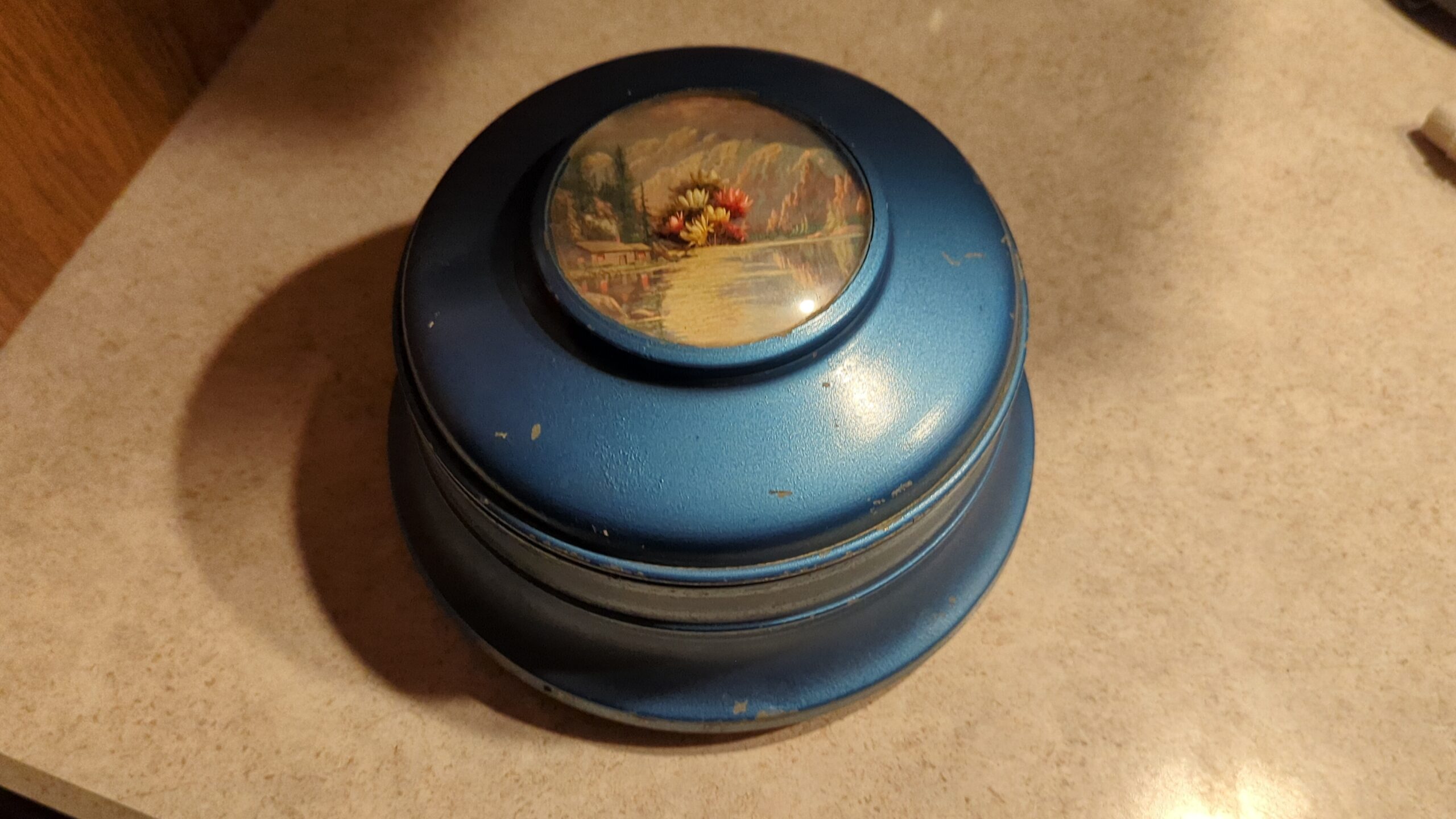
- Listen to popular music of their time—try in a format they would have known: records, cassette tapes, CDs, piece of tin foil…whatever.
- Play a popular song of the time on the piano or another instrument they may have performed on
- Play recordings of their voices
- Learn and speak their native language or dialect
- A favorite perfume or cologne of theirs
- A piece of clothing or blanket they owned
- Grow flowers that they grew
- A favorite scent from baking or cooking
- Cook or bake a recipe they either would have eaten (or made)
- Try a drink that would have been popular in their day
- How did their garden grow? Did they have fruit trees? Berries? Vegetable gardens? Plant and grow the same ones and enjoy what they would have grown—and most likely cooked, canned, and/or sold.
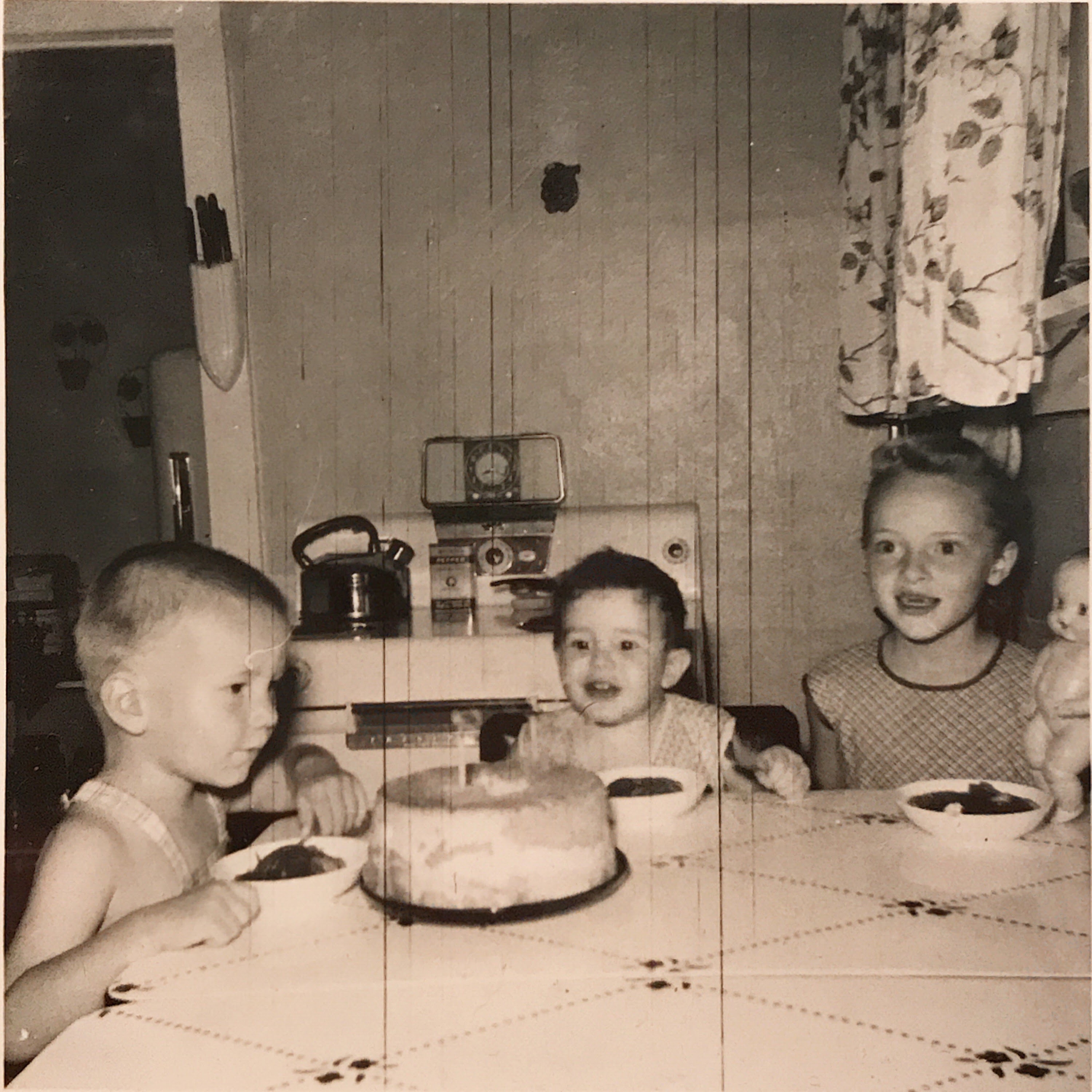
Touch: My grandma had this beautiful black and white enable table since at least the 1950s. I have a few pictures that you can see the table in it, which adds another layer to the imagination. This table now sits in my house, and I’ve shined up it’s chrome legs, ran my hands over the hand painted black floral and dots design. I believe she picked it out and bought it from a store that was located on Union Street as it turns into State Route 58.
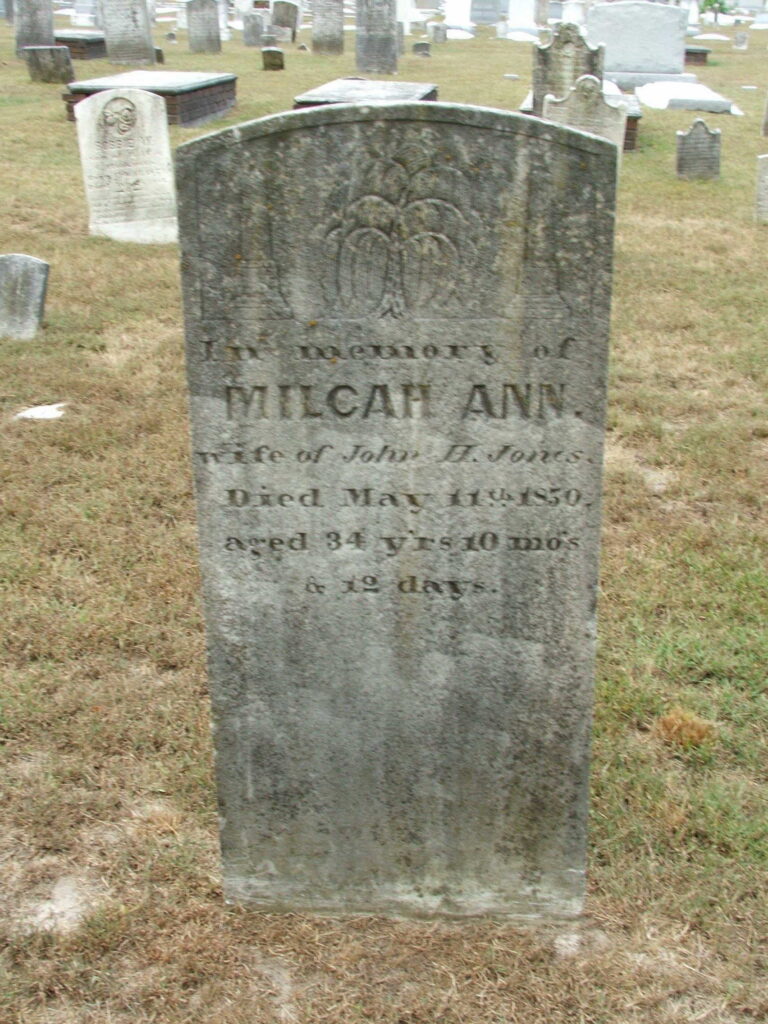
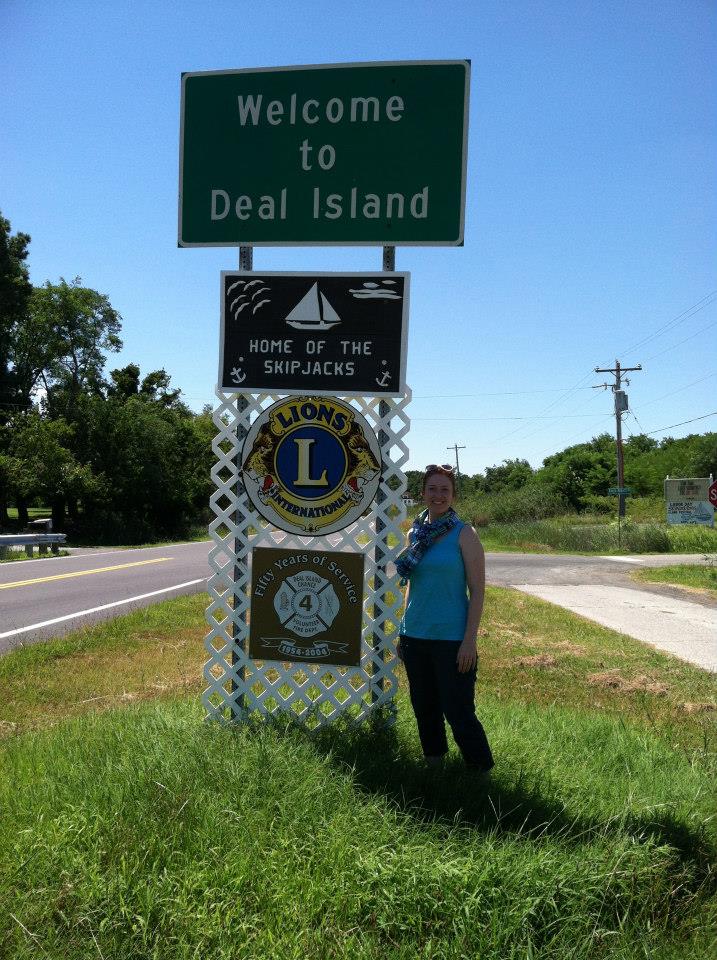

Sight: On our 10th anniversary trip, I drug my husband to the tiny marshy island in the Chesapeake Bay that a branch of my family had inhabited since the mid 1700s, and there are some hints that might suggest even into the 1600s. There are many things about the island that haven’t changed in decades, and perhaps in some areas even longer. Eating blue crab and oysters, for one thing. We located a couple of cemeteries I had ancestors in. Let me tell you, standing at the graves of your 5x great grandparents is a humbling experience. The homicidal biting flies, however, made the experience a quick one.

Hearing: When my cousin Jen and I looked more closely inside our Great Grandfather’s steamer trunk, the Voice-O-Graphs were inside. I bought a cheap record player that had different speed options, and found the one that would make those old discs from 1950 playable. To hear voices from that time was amazing, and even more awesome was that we were related to one of the people who spoke on that record.
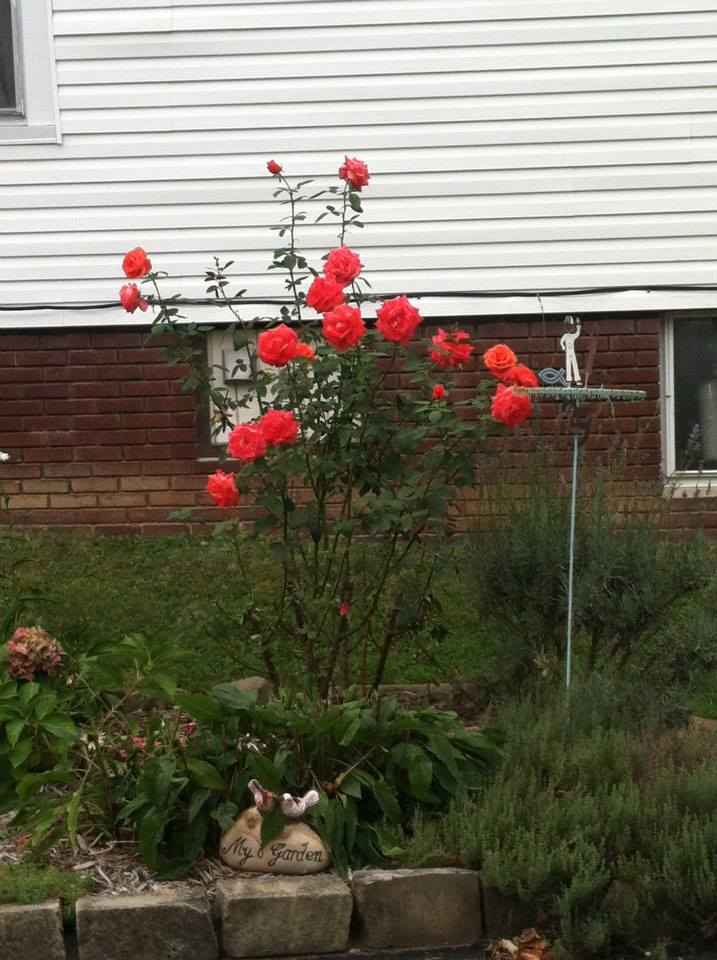

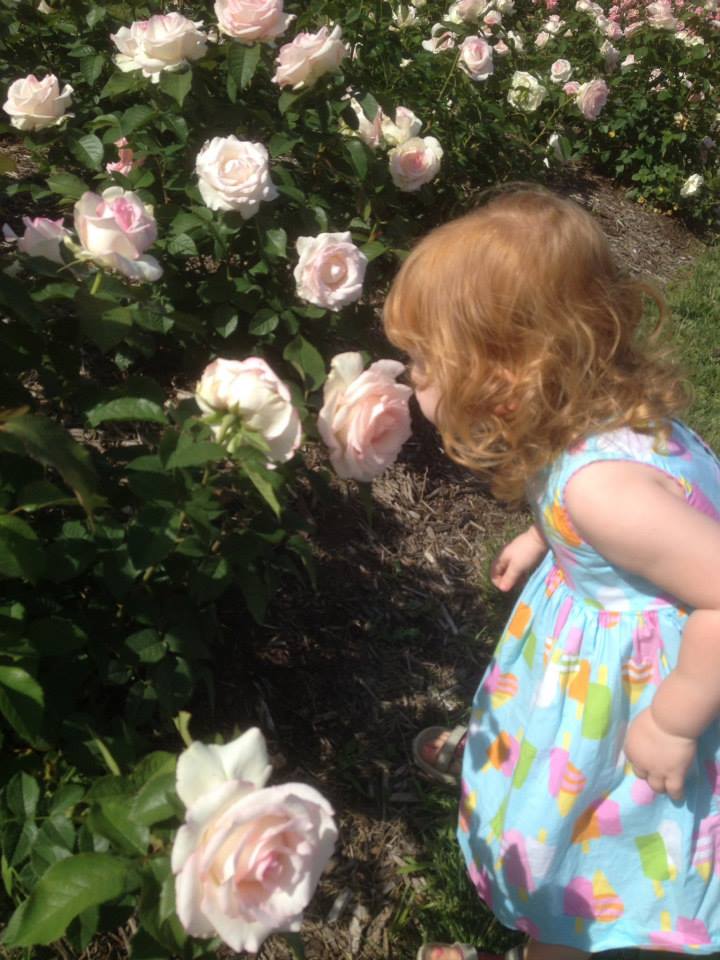
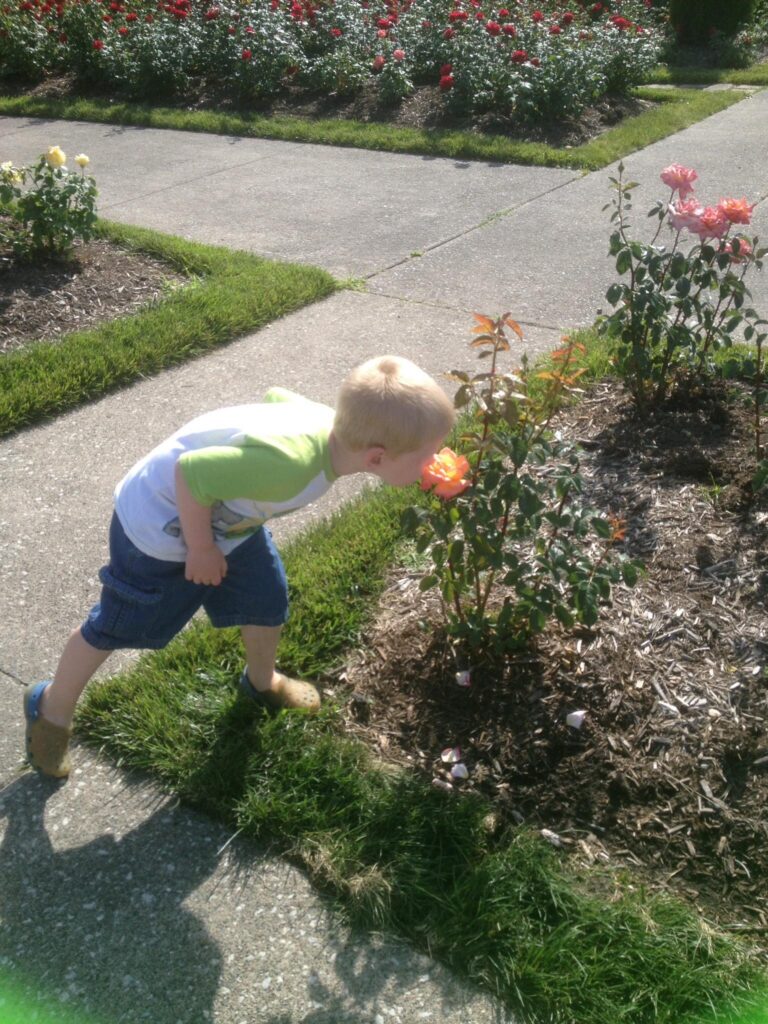
Smell: My grandpa loved caring for his roses. He had brought some that were his mother’s from Baltimore to plant at his home in Lorain, Ohio. I grew up running around the outside of their house during summer playing croquet, hide and seek, tag, wiffle ball, riding bikes, swimming. And in the background, the breeze would stir up this incredible scent of the roses and you’d catch just a bit of it, enough to make you pause, and go back to your games. Then later I’d spend time going from rose to rose, admiring their beauty, from buds to blooms, breathing in deeply this perfect scent they gifted us. I was fortunate to have had two starts of their roses planted at my house. I’ve also bought other tea roses, hoping to take as good of care of them as my Grandpa had. I walk by each summer and still stop to admire them and try to smell the sweetness right out of them.


Taste: I was given a thin Swedish cookbook by my Aunt Debbie. At the time this heritage was so new to me, and I wanted to try some holiday baking that perhaps my Swedish relatives had prepared and enjoyed. I made Pepparkakor, Spritsar, and have a newfound passion for all things almond, cardamom, and hazelnut.
These are only a portion of the ways you may be able to take a step into their world, but I hope it gets you thinking of ways to connect with your roots by way of the senses you possess!
What are the ways you use all your senses to connect with your heritage?
Don’t miss the next Get a Clue post.
Subscribe to my newsletter and get the latest article, practical
genie research hacks, updates about my book The Record Keeper, and more!
